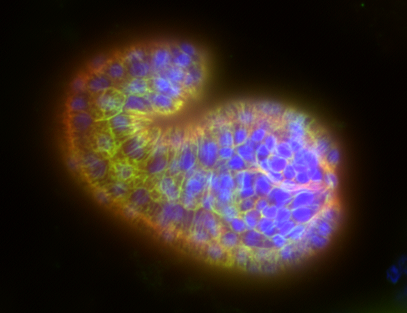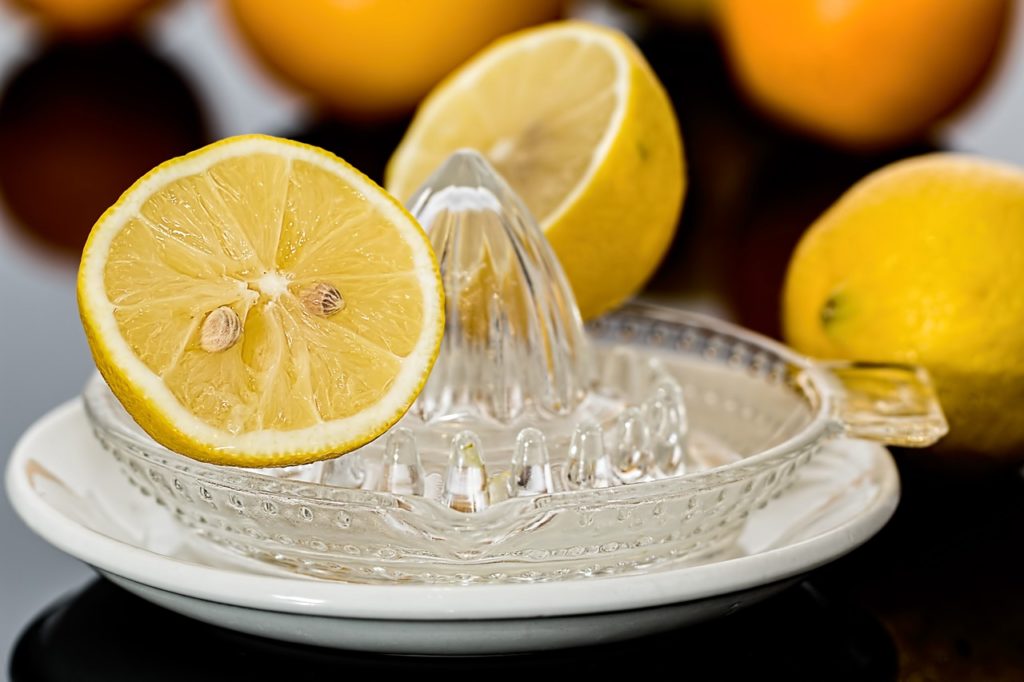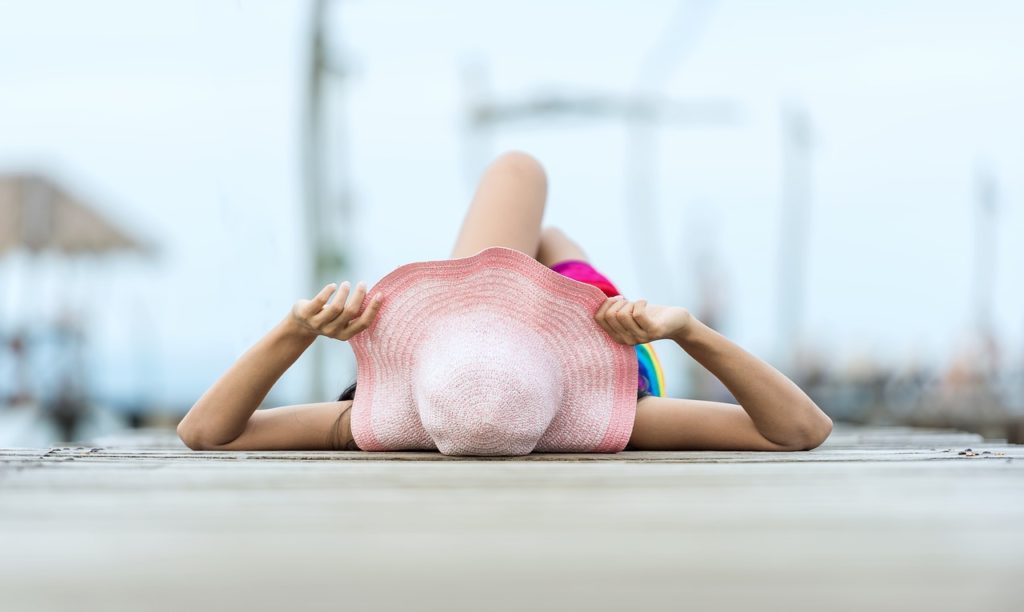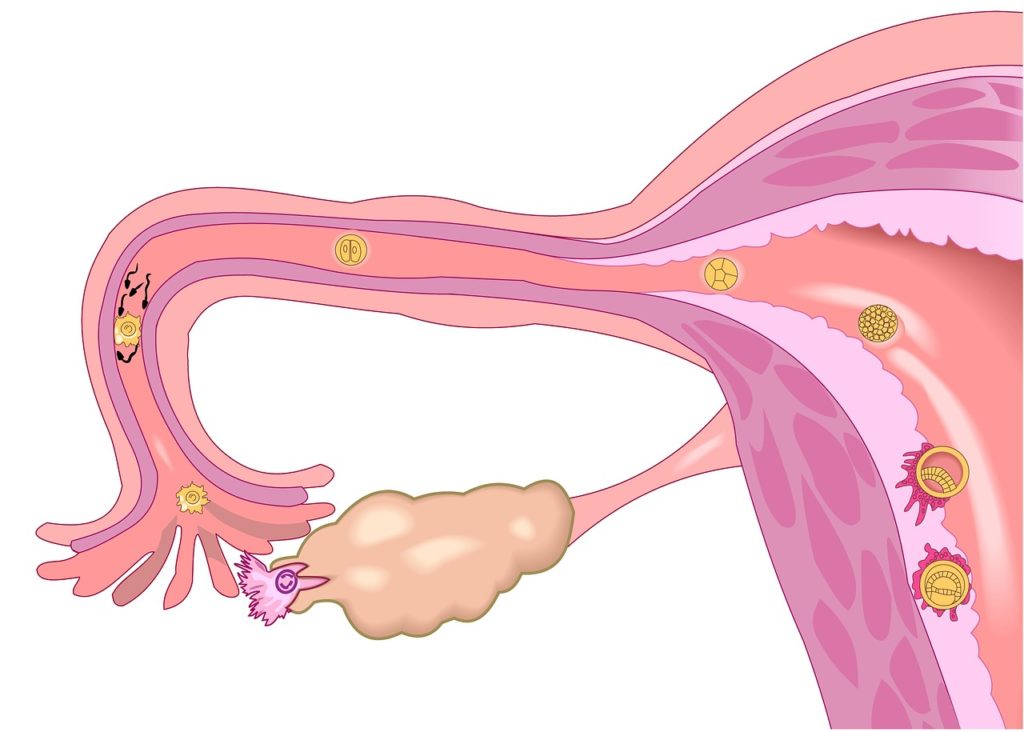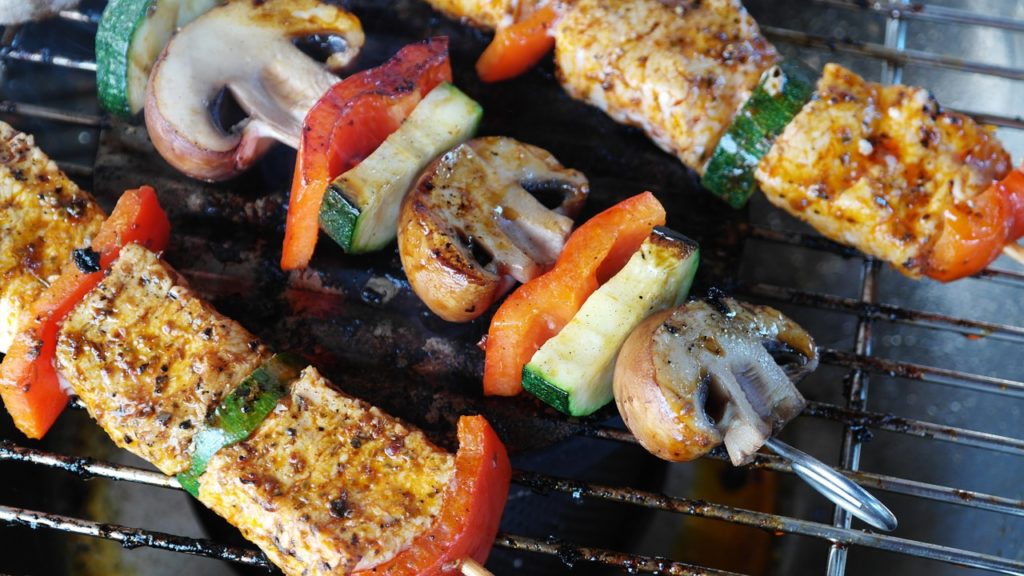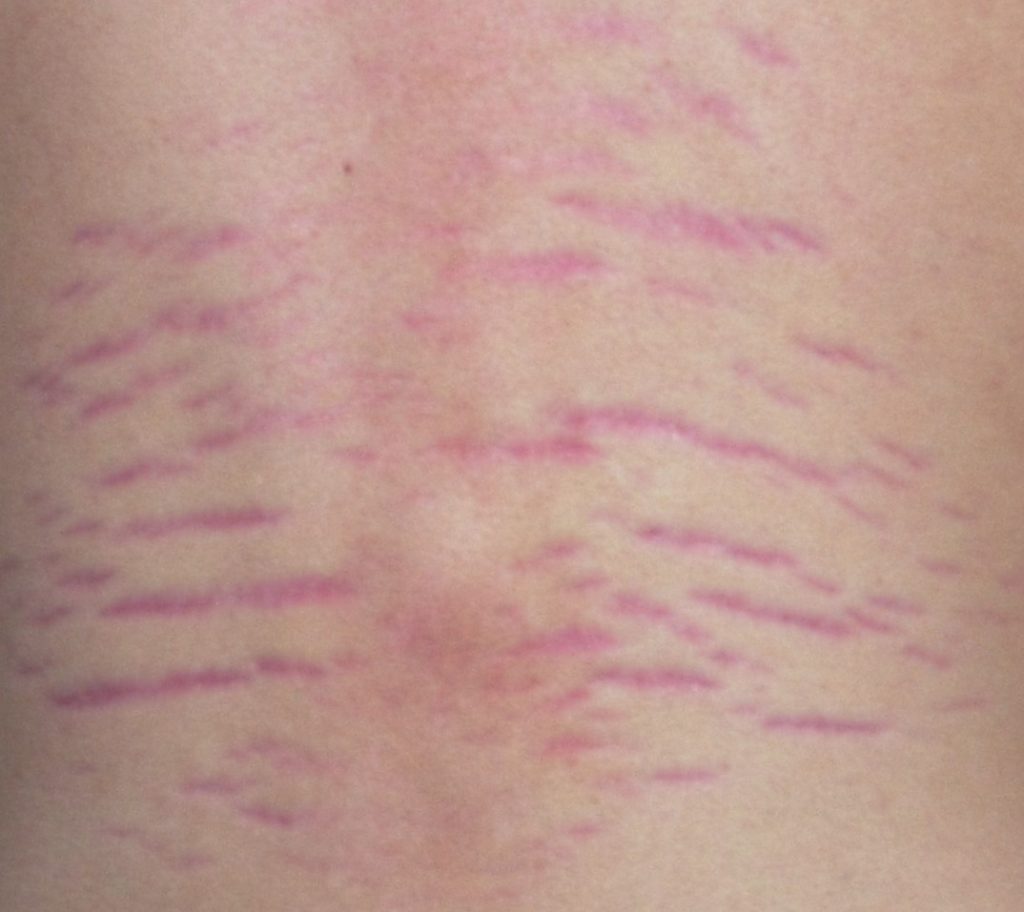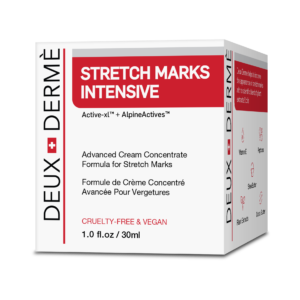Tired of being ashamed of their bodies, many women have recently been showing off their stretch marks on various social media sites. The message these women are trying to promote is that you shouldn’t be ashamed of your body.
You have children. You created those children and carried them for nine months. You fed them from your breasts and barely slept for several months after they were born. Yes, you may have developed stretch marks while you were pregnant, but so did millions of other women. You don’t need to be ashamed of your stretch marks; they are a perfectly normal part of being a mother.
Australian Blogger Olivia White
House of White blogger Olivia White posted a photo of herself to Instagram wearing nothing but underwear in order to show the world what a postpartum body really looks like. White writes: “Puffy face, droopy milk filled boobs, wider hips and belly full of stretch marks!! That’s my post baby reality, no ‘bouncing back’ here!”
Reality Star Kendra Wilkinson
For Mother’s Day 2016, reality star Kendra Wilkinson took to Instagram with a selfie showing the stretch marks and stretched skin on her stomach caused by her two pregnancies. Wilkinson captioned the image “Look what my two babies did… They made me happy.”
#loveyourlines
The #loveyourlines Instagram account and hashtag campaign is a global initiative for women to show off their stretch marks to promote positive self-image of their postpartum bodies. The Instagram account features artistic black and white photos of women with their stretch marks in full view and has promoted the use of the hashtag on Twitter for other women who want to celebrate their post-pregnancy bodies.
Robyn Lawley
Sports Illustrated model Robyn Lawley uploaded a photo of her stretch marks to Facebook in response to the publication of an article that claimed she considered having an abortion to avoid getting stretch marks. Lawley refers to her stretch marks as her “#tigerstripes” and writes “And to anyone who feels bad about your body especially after a baby, you are a warrior, you created a life inside of you, that’s no easy feat.”
#stretchmarks
Another hashtag campaign designed to make men and women both feel more confident about their stretch marks, #stretchmarks on Instagram is used for highlighting images of people with stretch marks and promoting inspirational quotes about living with stretch marks.
Getting Rid of Stretch Marks
While the recent movement to celebrate stretch marks proves that they’re nothing to be ashamed of, you don’t have to live with stretch marks. It’s not necessary to go through dangerous and expensive plastic surgery to get rid of your stretch marks; many lotions and creams are available that may reduce the visibility of your scars or get rid of them altogether. Check out our catalog of stretch mark removal products to find one that is right for you.


